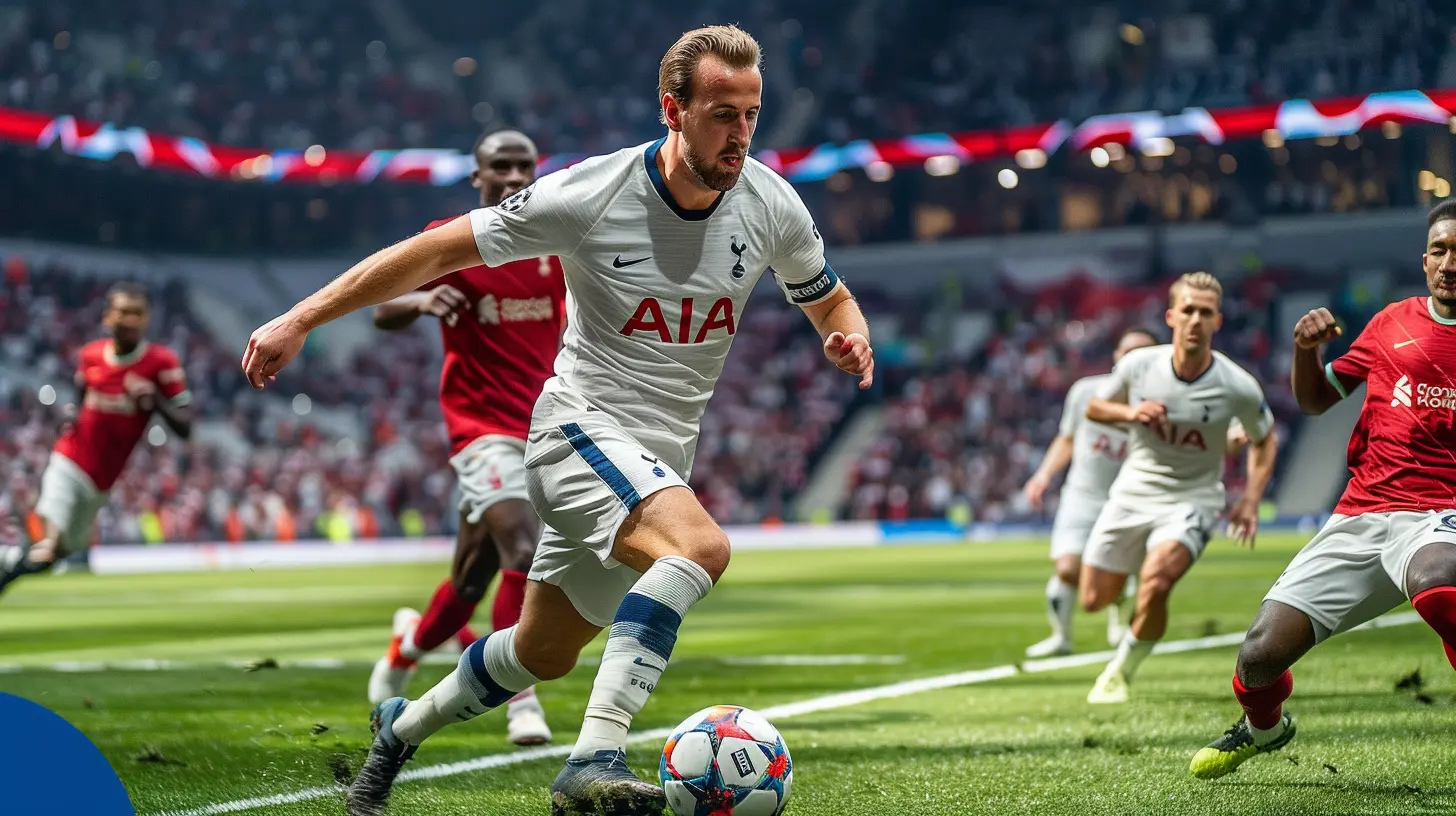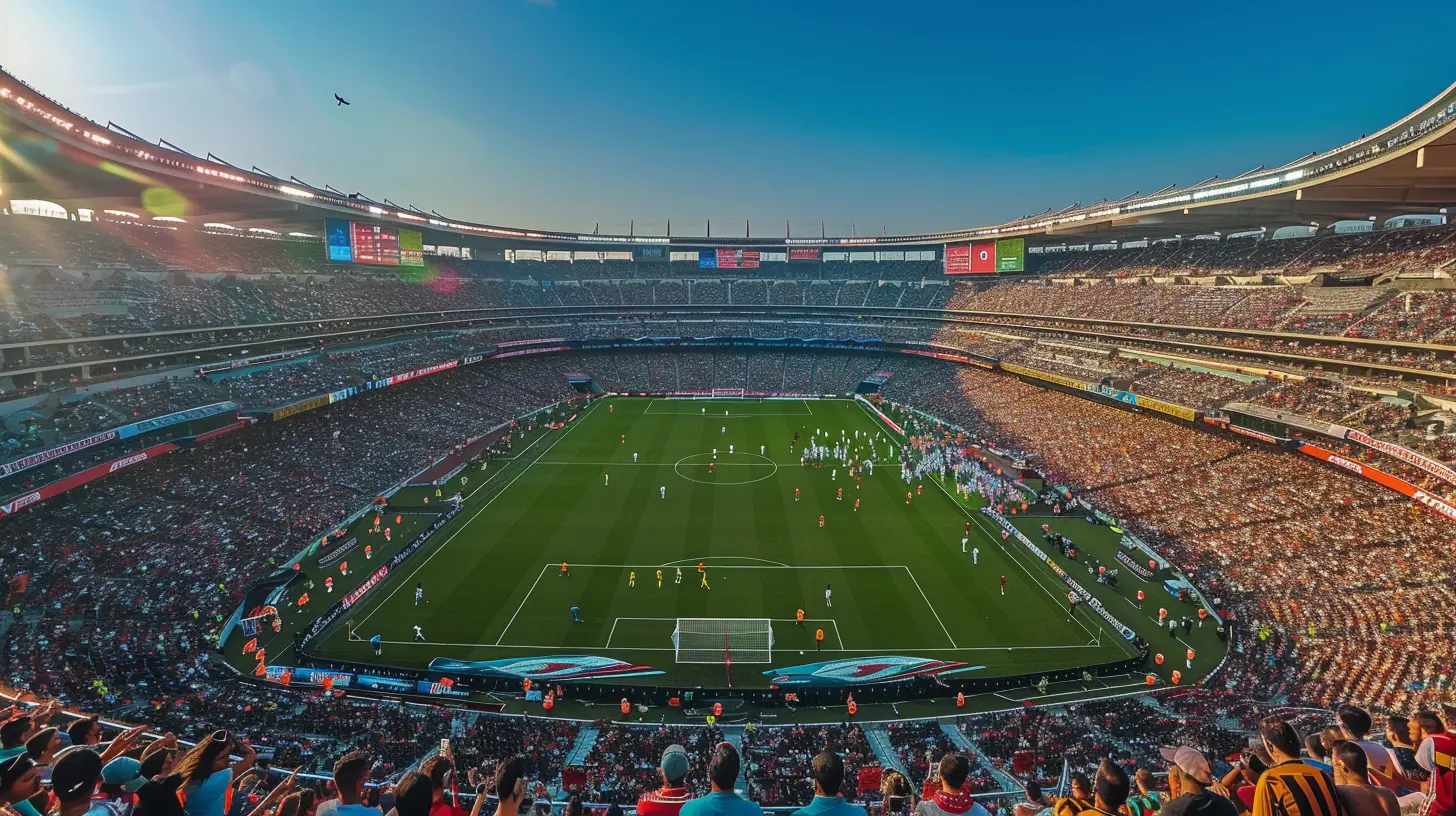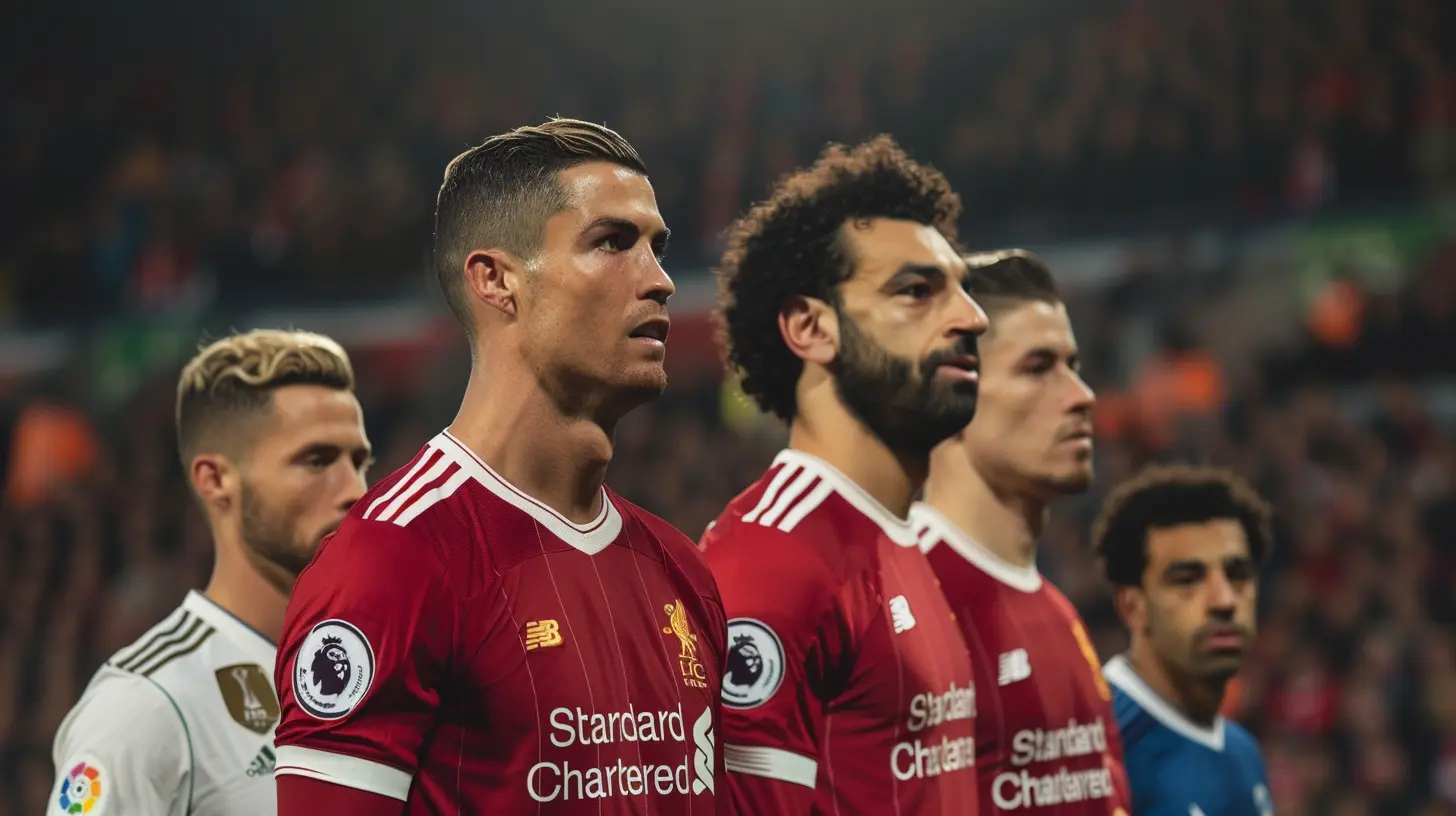How the Transfer Market in Soccer Differs from U.S. Pro Sports
26 June 2025
If you’re a sports fan who’s found themselves puzzled trying to figure out how trades work in soccer versus American sports, you're not alone. One minute, a soccer club is spending $100 million on a player from another team, and the next, an NFL team trades a star player for a couple of draft picks and a hopeful rookie. It’s like apples and oranges—or maybe like comparing soccer cleats to football helmets.
Let’s dive into the swirling, often-confusing world of transfers and trades and break down exactly how the transfer market in soccer differs from U.S. pro sports. Spoiler alert: it's all about the money, the freedom, and a lot of behind-the-scenes negotiations.
What Is the Soccer Transfer Market?
Before we jump into comparisons, it's helpful to understand what the transfer market in soccer even is.In soccer (or football, depending on where you're from), the transfer market is essentially the buying and selling of players between clubs. Instead of trading players like baseball cards, as often happens in U.S. leagues, clubs pay transfer fees to acquire players under contract from other teams. The player’s original team isn't necessarily getting a new player in return—they’re getting paid.
So imagine if the Dallas Cowboys just paid the Kansas City Chiefs $50 million outright for Patrick Mahomes. No players swapped. Just cash. That’s the kind of energy soccer transfers bring.
U.S. Sports: Drafts, Trades, and Salary Caps
Now let’s flip it over to the American side of the field. In leagues like the NFL, NBA, MLB, and NHL, things are structured differently. U.S. pro sports typically use a draft system, salary caps, and player trades to balance competition and manage team rosters.Instead of buying players, teams trade them—often for other players, draft picks, or a combination. There's rarely any straight-up cash involved. And here's the kicker: the leagues themselves—like the NBA or NFL—hold a lot more control over how contracts and movement work than any international soccer body does over football.
Key Differences at a Glance
Let’s break it down point-by-point to highlight the major differences.| Feature | Soccer Transfer Market | U.S. Pro Sports |
|--------|-------------------------|-----------------|
| Player Movement | Transfers (often with big fees) | Trades (player for player/picks) |
| Money Involved | Transfer fees paid between clubs | No money exchanged between teams (mostly) |
| Contract Structure | Players sign with clubs directly | Players sign under league-negotiated rules |
| Free Agency | Rare and complex | Structured and league-governed |
| Draft System | Nonexistent | Central to talent acquisition |
| Salary Cap | Varies by league (some have none) | Mandatory across major leagues |
| Player Power | High | Moderate to low |
Transfer Fees vs. Trades: Show Me the Money
In soccer, when a club wants a player from another team, they negotiate a fee. If both clubs and the player agree, the transfer goes through. These fees can reach astronomical amounts—think Neymar’s €222 million move from Barcelona to PSG. That's not pocket change.U.S. sports don't roll like that. Money isn’t exchanged between teams for players (with very minor exceptions). Instead, trades are the name of the game. It’s more of a bartering system: “You give me your point guard, and I’ll give you two role players and a draft pick.”
So while soccer clubs act more like investment firms making high-stakes purchases, American teams deal like savvy negotiators at a flea market.
Player Contracts: Soccer Gives Players More Leeway
Here’s where it gets juicy. In soccer, even if a player is under contract, they can push for a move. Ever heard of a “transfer request”? It’s when a player basically says, "I want out." Sometimes, clubs give in. Sometimes, they don't. But players have a lot more sway.In the U.S., it’s not that easy. Players are bound by collective bargaining agreements and league regulations. Want to leave early? You might get fined, or worse, benched. The structure often favors teams and leagues more than the players.
Soccer? It’s like the players are the prized free agents in a dating market. If a player wants to leave and another club wants to pay, there's a good chance it’ll happen.
Free Agency: A Tale of Two Worlds
In the U.S., free agency is a massive part of the off-season. After a player's contract ends, they’re free to sign with any team. Period. That’s how teams rebuild, reload, and dream big.Soccer has free agency too, but it’s less common and more nuanced. Most big transfers happen while the player is still under contract and involve a hefty transfer fee. However, players can negotiate pre-contracts with other clubs in the final six months of their current deal (thanks to the Bosman ruling). That means a club can lose a valuable player for free if they don’t act quickly.
Translation? U.S. teams know exactly when to cash in on a player. Soccer clubs? They better pay attention, or they could lose their stars for nothing.
Drafts: Nonexistent in Soccer
Think about this: In the NFL or NBA, college players go through a draft to enter the league. Worst teams get first dibs. It’s a classic Robin Hood approach—steal from the rich (talent-wise) and give to the poor.In soccer? No such thing. Players are usually scouted and recruited through youth academies or lower-league clubs. It’s more like a job interview than a lottery. Teams invest early in developing talent, nurturing them from young ages.
So instead of relying on a structured draft to find the next superstar, soccer clubs build them in-house or scout them globally. It’s more grassroots, less bureaucratic.
Salary Caps: How the Game is Balanced—or Not
Salary caps are a cornerstone of U.S. sports. They ensure that teams spend within set limits, keeping the playing field relatively even. Whether you're a big-market team like the Yankees or a small-market team like the Brewers, you have the same financial constraints.In soccer, it’s a different ball game. Most leagues do not have hard salary caps. Clubs like Manchester City or Real Madrid can spend hundreds of millions on wages. Sure, there are Financial Fair Play rules, but enforcement? Let's just say it's a bit fuzzy at times.
This lack of financial regulation leads to a “rich get richer” dynamic in soccer, whereas U.S. sports try to enforce parity.
Transfer Windows vs. Trade Deadlines
In soccer, transfers can only happen during specific periods known as transfer windows—most notably in the summer and January. Outside of those windows? No dice.In U.S. sports, there are trade deadlines, but free agents can often be signed at various times, especially in baseball or football. The rules vary per league, but generally speaking, there’s more year-round movement flexibility in American leagues.
So, soccer has stricter time frames, while U.S. sports offer more wiggle room for roster updates.
Youth Academies vs. College Sports
Here’s another cultural curveball. In the U.S., college sports are the breeding ground for future pros. Players go through the NCAA, get drafted, and enter the pros.But in soccer, it’s all about youth academies. Clubs invest early—often scouting kids as young as 7 or 8. Think of it as a talent factory. By the time these players are 16 or 17, they might already be playing for the senior team or heading to a top-tier club.
In contrast, U.S. athletes often don’t turn pro until their early 20s. Soccer players? They might already have 100 professional appearances by then.
Ownership and League Control
Here's one you might not think about often: who owns the rules?In U.S. sports, the leagues act like centralized control towers. The NFL, NBA, and others regulate contracts, trades, and player rights. All teams follow the same playbook.
In soccer, clubs have more individual power. The rules come from governing bodies like FIFA, UEFA, and domestic leagues, but clubs have more independence to make deals, pay big money, and operate like individual brands.
That’s why clubs like Manchester United or FC Barcelona feel like global corporations, while U.S. teams often feel more like franchise branches of a single company.
So, Which System Is Better?
Honestly? It depends on what you value.Do you like parity, structure, and league-enforced fairness? The U.S. model probably suits you.
Or do you enjoy wild spending, global player hunts, and blockbuster moves? Then the soccer transfer market is where the magic happens.
Either way, both systems offer drama, excitement, and their own flavor of chaos. And as fans, we get the best of both worlds. Whether it's a buzzer-beater trade or a record-breaking transfer, it all keeps us glued to the screen.
Final Thoughts
At the end of the day, the way players move around isn't just about contracts and cash—it reflects the soul of the sport. Soccer thrives on fluidity, global reach, and sometimes unthinkable sums of money. U.S. sports prioritize balance, community, and structure.Neither is right or wrong—they're just different games played by different rules.
So next time you see a soccer star make a $100 million move while your favorite NFL team trades a player for a third-round pick and a veteran, you’ll know what’s going on behind the scenes. And maybe, just maybe, you’ll appreciate the beautiful complexity of each system a little more.
all images in this post were generated using AI tools
Category:
Sports ContractsAuthor:

Ruben McCloud
Discussion
rate this article
1 comments
Eva Sullivan
The transfer market in soccer is a thrilling spectacle of strategy and ambition, unlike U.S. sports' stale draft system. Clubs invest boldly, creating a dynamic landscape where every deal can change the game overnight.
July 2, 2025 at 12:10 PM

Ruben McCloud
Thank you for your comment! The transfer market indeed showcases strategic depth and excitement unique to soccer, highlighting a fluidity that contrasts sharply with the fixed nature of U.S. drafts.


